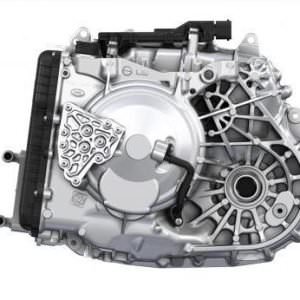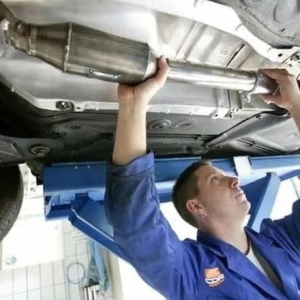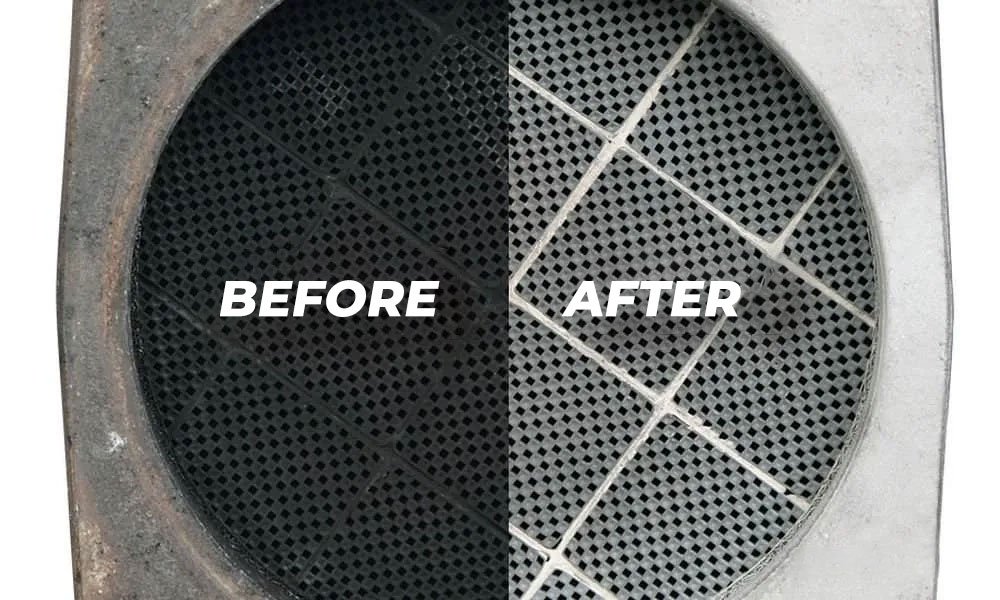In the world of diesel vehicles, the acronyms FAP and DPF are often used, but what exactly do they mean? What is the difference between FAP and DPF? In this comprehensive guide, we will examine these two crucial components of the diesel vehicle exhaust system in detail.
FAP and DPF: Definitions
FAP (Particulate Filter)
The FAP, or Particulate Filter, is a device that reduces emissions of polluting particles from diesel engines. This device captures and traps solid particles, such as black carbon, that are formed during the combustion of diesel fuel. The FAP uses a series of ceramic cells or a metal substrate to trap these particles.
DPF (Diesel Particulate Filter)
DPF, or Diesel Particulate Filter, is essentially the same thing as FAP. In many cases, the terms FAP and DPF are used interchangeably, and the difference between the two may vary from country to country or manufacturer to manufacturer. Both serve the same purpose: to reduce particle emissions from diesel engines.
Operation of FAP and DPF
Both devices, FAP and DPF, function in a similar way. During diesel engine operation, unburnt solid particles and other harmful compounds are produced. The FAP or DPF acts as a 'trap' for these particles, preventing them from being released into the environment. These trapped particles are subsequently burnt at high temperatures in a process known as 'regeneration,' converting them into harmless gases.
Regional Differences and Terminology
The main difference between FAP and DPF lies in terminology and regional laws. In some parts of the world, such as France, the term FAP (Particulate Filter) is used, while in others, such as the US, DPF (Diesel Particulate Filter) is preferred. In essence, these devices perform the same function, although they may vary slightly in their construction and operation depending on the manufacturer and local legislation.
FAP and DPF maintenance
Keeping your FAP or DPF in good condition is essential to ensure that they work properly and reduce pollutant emissions. Here are some maintenance guidelines:
-
Driving at High RPMs: Periodically driving the vehicle at high engine speeds helps to heat up the FAP/DPF and burn off trapped particles.
-
Using Quality Fuel: Using high-quality fuel reduces the formation of unburnt particles.
-
Follow the Manufacturer's Recommendations: Comply with the manufacturer's recommended maintenance schedule and replace the FAP or DPF when necessary.
-
Fuel Additives: Some fuel additives are designed to keep FAP/DPF clean.
Conclusion
In summary, the difference between FAP and DPF is often a matter of terminology and region. Both devices, irrespective of what they are called, are crucial in reducing particulate pollutant emissions in diesel vehicles. Their regular maintenance and compliance with the manufacturer's recommendations are essential to ensure that they work effectively and help preserve air quality and the environment. Do not underestimate the importance of these devices for more sustainable driving.









